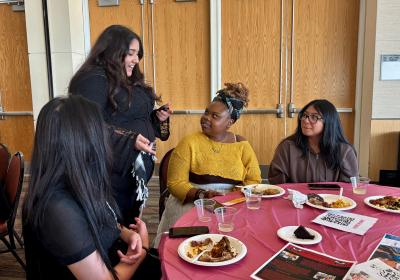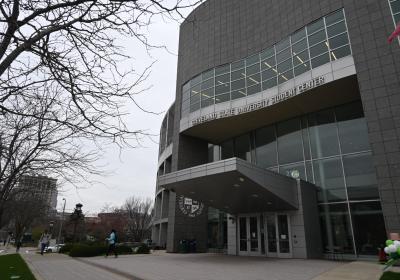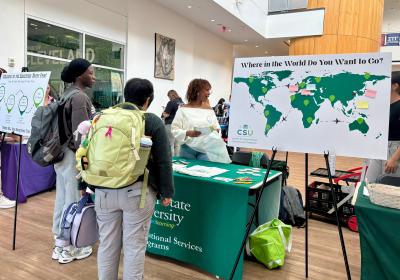Explainer - Issue 1, again?
Ohioans are again voting on Issue 1 for the upcoming Nov. 7 general election. Although related, this is different from the Issue 1 voted down in August’s special election, potentially confusing voters as a result.
On Tuesday, Aug. 8, Ohio voters rejected Issue 1, which would have changed the majority-rule needed to make amendments to the state constitution from 50% of the votes plus one, to 60% of the votes if it had passed.
Issue 1 in August did not directly deal with abortion and reproductive rights. But, it was associated with it. If August’s Issue 1 had passed, enshrining abortion and reproductive rights through a proposed amendment to Ohio’s state constitution would have become more difficult to achieve as the amendment would have needed 60% of votes to pass instead of the current 50% of the votes plus one, which the overwhelming "No" vote in August locked in for November's election. 57% of Ohioians voted against the GOP-backed proposal in August.
Those same people are now voting on Issue 1 again in the Nov. 7 general election. But this time around, Issue 1 is directly dealing with enshrining abortion and reproductive rights into Ohio’s state constitution. Because Issue 1 in August was rejected, for the November Issue 1 to succeed it only requires 50% plus one of the votes cast.
The way the two Issue 1s have been presented to voters, a person seeking to enshrine reproductive rights would have voted "No" in August, but will vote "Yes" in November. A person opposing reproductive rights will vote "No" in November, possibly having voted "Yes" in August to making it more difficult to change Ohio's constitution.
In short, for their voices to be consistently heard, voters will likely have to tick the opposite box in November to how they voted in August.
Yard signs advocating for each side of August’s Issue 1 in Ohio outside Toth Elementary School in Perrysburg, Ohio on Tuesday, Aug. 8, 2023. (Credit: Kurt Steiss, The Blade)
Adding to the potential confusion, many Ohioans urging voters to oppose November’s Issue 1 are using yard signs with the same design and colors as their opponents used in August’s Issue 1, with minor changes only to the text at the bottom.
A yard sign opposing November’s Issue 1 on Wednesday, Oct. 10, outside a home in Columbus, Ohio. (Credit: Jeremy Pelzer, cleveland.com)
In response to the confusion surrounding November’s Issue 1, the Ohio Ballot Board’s wording of the proposed amendment, which was considered to be misleading, was ordered by the Supreme Court of Ohio to be rewritten so the meaning of Issue 1 was made more clear to voters. However, critics still condemned the revised language as "misleading and defective," including the decision by Republican Secretary of State Frank LaRose, an abortion opponent, to replace “fetus” in the original draft amendment to “unborn child” in the ballot description.
Ohioans can vote on Issue 1 and other issues in the Nov. 7 general election via absentee ballot, early in-person voting at their county’s board of elections, and in-person at their designated polling locations on the Nov. 7 election day.























